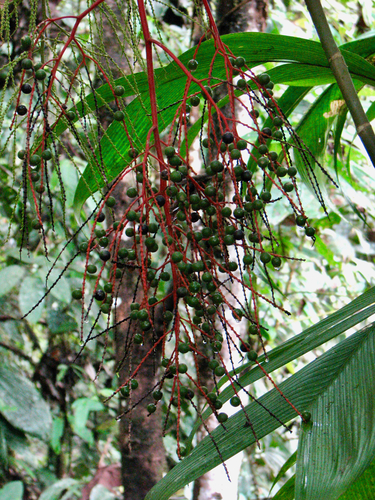|
Geonoma Umbraculiformis
''Geonoma'' is a genus of small to medium-sized Arecaceae, palms native to the forest understorey of tropical Central and South America. This palm genus is one of the largest in the Neotropics. Its 64 species are distributed from Mexico and Haiti in the north to Paraguay in the south; two are found in the Lesser Antilles. Uses In South America, the leaves of species such as ''Geonoma deversa'', ''Geonoma orbignyana'', and ''Geonoma macrostachys'' are economically important for their use in thatching roofs. Taxonomy The genus is a member of the palm tribe Geonomateae (Arecaceae: Arecoideae), an important Neotropical group due to its wide distribution across Central and South America, its diversity and abundance, and the use of a number of species by local human populations. The distribution of the tribe Geonomeae stretches from southeast Mexico down through Central America and into South America, notably Brazil and Bolivia, and species are also found in the Greater and Lesser A ... [...More Info...] [...Related Items...] OR: [Wikipedia] [Google] [Baidu] |
Geonoma Undata
''Geonoma undata'' is a species of medium-sized palm tree native to North and South America. It grows in the understory of tropical forests at high altitudes. This species has highly variable traits depending on its geographic location and several subspecies exist as a result. Taxonomy ''Geonoma undata'' is a neotropical species most closely related to ''G. lehmannii'', ''G. orbignyana'', ''G. talamancana'', and ''G. trigona''. In fact, ''G. undata'' is nearly indistinguishable from the species ''G. lehmannii'' and ''G. orbignyana''. The epithet name ''undata'' comes from the Latin term for "wavy" or "wave-like". Description This plant is a medium-sized, solitary palm that reaches a maximum height of 9-10 meters and has a trunk 10 cm wide in diameter at maturity. The leaves are approximately 2.5 m long and can be divided or undivided. If leaves are divided, they tend to be irregularly pinnate with the base of pinnate leaflets being diagonal to the stem rachis. The protecti ... [...More Info...] [...Related Items...] OR: [Wikipedia] [Google] [Baidu] |

